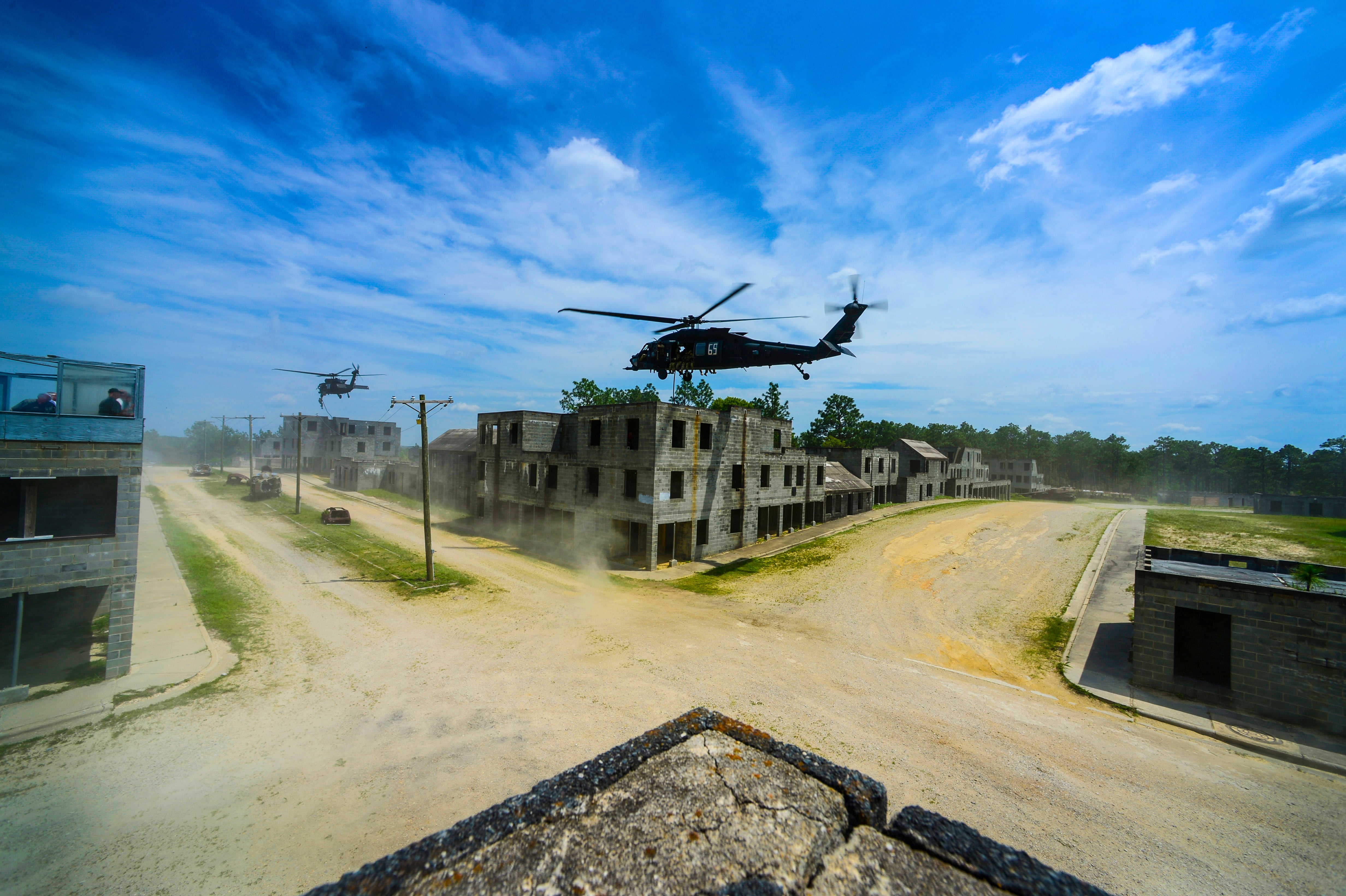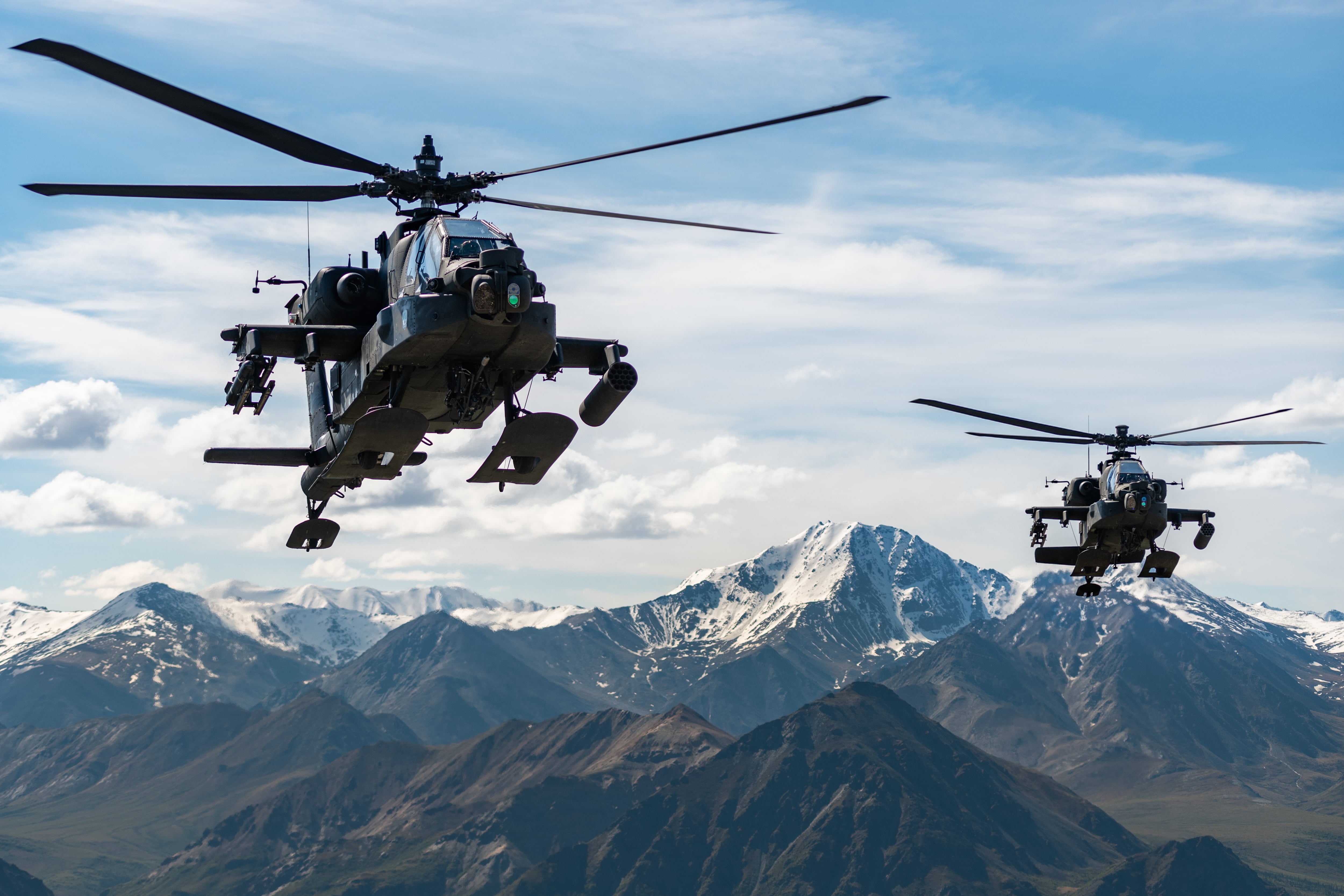Commissioned and warrant officers who enter flight training starting in October will incur a 10-year service obligation once they become rated Army aviators, according to guidance published Aug. 12. The service requirement is four years longer than the previous commitment.
Army Secretary Ryan McCarthy signed a memorandum for the change in June. The new requirement matches the service commitment for Air Force aviators.
Soldiers currently in training are exempt from the new policy, according to Chief Warrant Officer 5 William S. Kearns, an aviation policy integrator for the Army G-1 office. The new policy will also apply to the Army Reserve and National Guard, though the obligated service remains part-time.
“We’re looking at troops selected for flight training in the fiscal year 2021 and beyond,” Kearns said in an Army news release.
Rising costs and helicopter upgrades drove the new policy.
“There are many complexities in these advanced helicopters, which translates to increased costs in flight hours, maintenance and training requirements,” Kearns said in the release. “They require more time for people to gain experience. There’s the technical expertise that goes along with it as well. In the end, it’s the Army getting a good return on the investments.”
Like the other armed services, the Army has struggled with pilot retention in recent years.
RELATED

While the service’s aggregate number of pilots is suitable, there has been an imbalance between junior, mid-level and senior aviators across the force, Army officials have acknowledged over the past year.
Warrant officer recruiters, in particular, are “very, very interested in seeing more applications,” Kearns said.
“We want as many applications as we can, so if anybody has any questions, be sure to contact that warrant officer recruiting team,” Kearns added. “It’s a great time to apply to become a pilot, and [soldiers] can get in with a high school degree. There are some other prerequisites they have to meet. But, we want as many people as we can get to apply.”
Army leaders said last September that they were also looking at how much the civilian airliners were impacting the Army’s aviation shortfall by drawing away experienced pilots. But that problem might have been stymied in recent months.
RELATED

The global coronavirus pandemic hit the nation’s four largest airlines hard, and the Army now hopes to draw some pilots back from the civilian sector through its Call to Active Duty, or CAD program, according to Chief Warrant Officer 5 Jon Koziol, the command chief warrant officer for the aviation branch.
“As we are all well aware, this global pandemic has made unprecedented impacts on the world’s economies and our personal way of life,” Koziol was quoted as saying in a June release. “Some of those impacts may have directly affected your ability to pursue your goals of working for the commercial sector, specifically the airlines.”
The CAD program allows Army Reserve and National Guard aviators to apply for a three-year stint back on active duty. Aviators are mostly needed for AH-64 Apaches, CH-47 Chinooks and UH-60 Black Hawks, according to the Army.
Earlier this year, the Army also increased its Aviation Incentive Pay rates for the first time in more than 20 years to compete with the civilian market, according to new pay charts posted by Army Human Resources Command in January.
Kyle Rempfer was an editor and reporter who has covered combat operations, criminal cases, foreign military assistance and training accidents. Before entering journalism, Kyle served in U.S. Air Force Special Tactics and deployed in 2014 to Paktika Province, Afghanistan, and Baghdad, Iraq.




